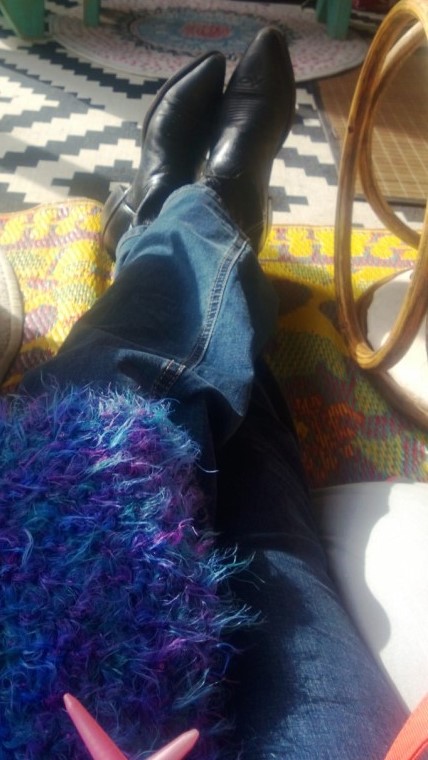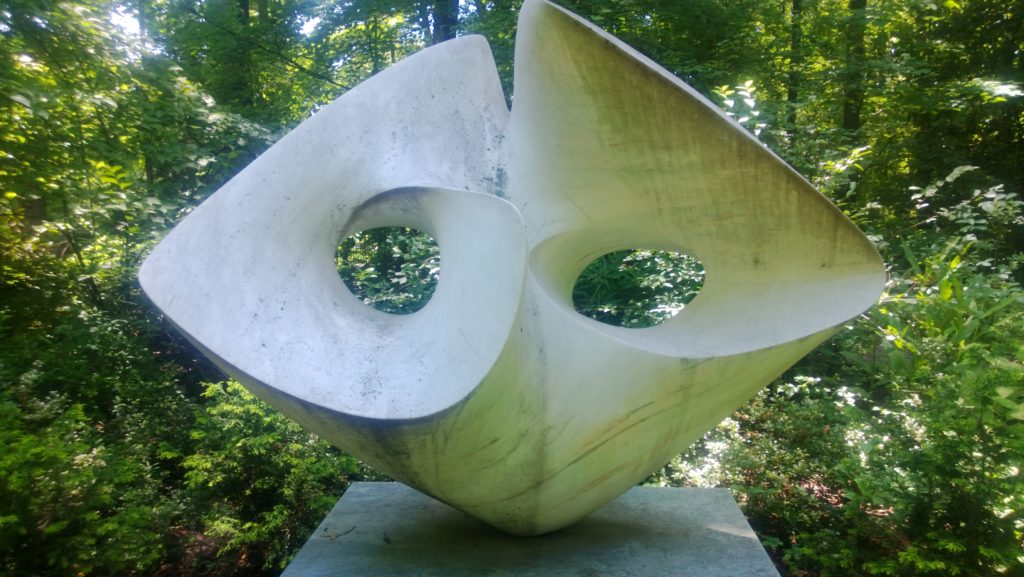“If you have the choice between something very safe and a ticket to India, take the ticket,” the psychic said earnestly meeting my eyes across the table. It would be several months later when the email announcing The Berkana Institute’s first Learning Journey to India arrived in my email box.
I called my partner at the time and was taken aback when he said, “We can’t go. We’re attending the conference in Hawaii then.” I hung up the phone and stared at the screen uncomfortably. Partnering had been an age-old challenge for me, but that it hadn’t even occurred to me that “we” would be going to India sat heavy in the pit of my stomach. My mind flashed to the Santa Fe psychic’s instructions tucked in the blue suede diary at home.
I knew in that moment that I would not be going to Hawaii and sat face-to-face with the enormity of unraveling this choice required. I watched our partnership, which had been on shaky ground for months, slither off like the third cobra in a mating dance.
Choosing India, a place I had never really been drawn to, would prove to be a messy, complicated choice. Yet I knew in my heart that carrying on with life as it was would exact an even greater wing-clipping toll.

I set off for India in Feb. 2006 in spite of my father’s worry and my mother’s tears. And, so began the learning, or more accurately the unlearning, that I couldn’t begin to comprehend in that moment.
Fourteen years later, and especially in these times of COVID-19, I feel deeply grateful for the rewiring of my life and world view that began at my desk that day. I don’t know how I found the courage and faith to follow my truth. Perhaps, it was because deep down I knew it was the only way forward.
With gratitude,
Sherry





